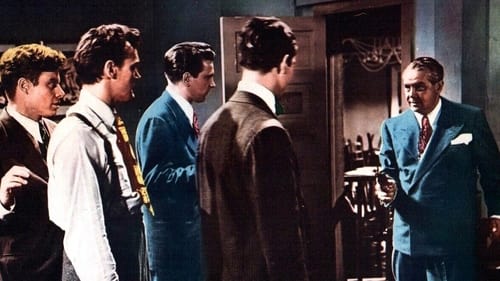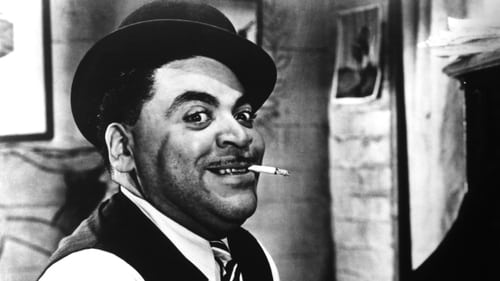
Jazz Icons: Coleman Hawkins presents two incredible concerts from 1962 and 1964 featuring 140 minutes of music. Both concerts feature stellar European and American side-musicians including Harry “Sweets” Edison on trumpet and drummer “Papa” Jo Jones – both jazz legends in their own right. The 1962 show is a newly-discovered one-hour concert from the Adolphe Sax Festival in Belgium, which has never been seen. Coleman Hawkins, “The Father of Jazz Saxophone,” demonstrates in these two concerts why he is still considered one of the most important innovators in the history of jazz.

Lui-même

Self
Improvisational jazz performance filmed in 1950 by Gjon Mili plus Duke Ellington Trio filmed in July 1966, Count Basie at the Montreux Jazz Festival 1977, Joe Pass 1979, Ella Fitzgerald 1979, and Oscar Peterson at the Montreux Jazz Festival 1977.

Himself
Documentary short showcasing the genius of jazz greats Coleman Hawkins, Roy Eldridge, Cozy Cole, and Milt Hinton, among others.

The Sound of Jazz is an historic episode from the "Seven Lively Arts" anthology series featuring jazz greats in concert. Hosted by John Crosby, it offers some fascinating performances from Count Basie, Billie Holliday, Thelonious Monk and many more. This 58-minute program is a truly original and unique broadcast from CBS Studio 58 in New York on December 8, 1957.

Self
An improvised jazz session with some of the greats from the 1950s era including Ella Fitzgerald.

Coleman Hawkins
Members of a Jazz Band come under suspicion when a beautiful nightclub singer is murdered.

Saxophonist (uncredited)
Em sua casa, Bill conta a seus sobrinhos como começou sua carreira como bailarino. Assim, retorna aos anos nos quais licenciou-se como soldado da banda de seu regimento, no final da Primeira Guerra, de seus trabalhos humildes como garçom, e seus primeiros êxitos em números musicais. Filme integramente interpretado por atores negros, rodado durante a Segunda Guerra. A leve trama serve como uma perfeita armação para integrar luxuosos números musicais, como o do bolo, o número africano com sapateados sobre os tambores com guerreiros zulus; brilha especialmente o último, que dá título ao filme. Há um magnífico sentido de humor, que interveem famosos personagens do mundo do espetáculo interpretando a si mesmos, como Cab Calloway. Foi o último filme de Bill Robinson. Números de sapateados inimagináveis. Obra-prima musical inigualável.






